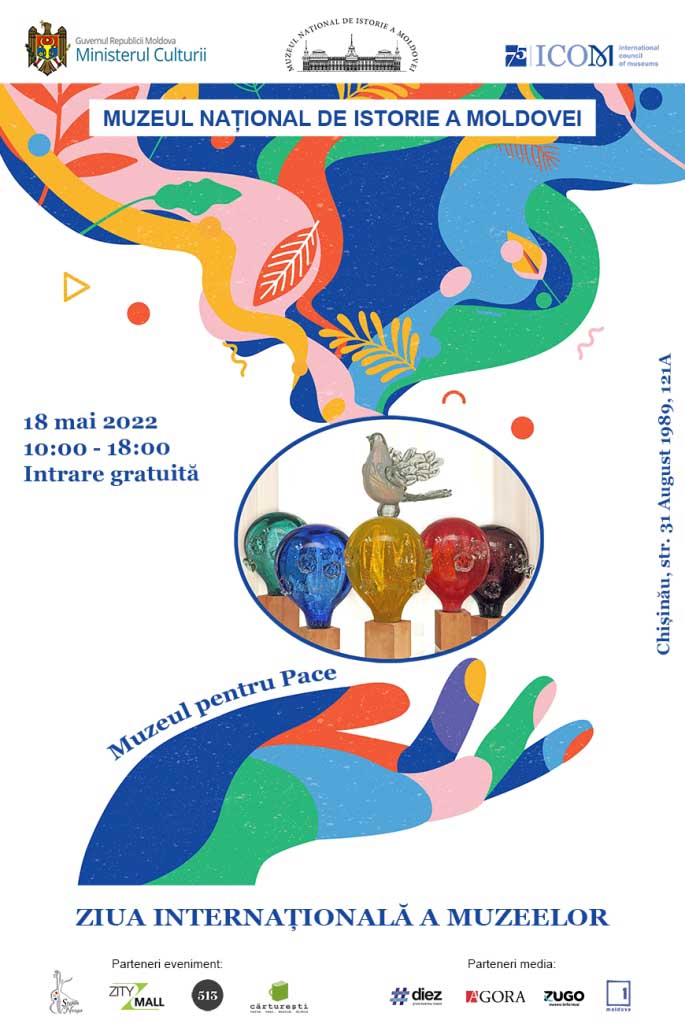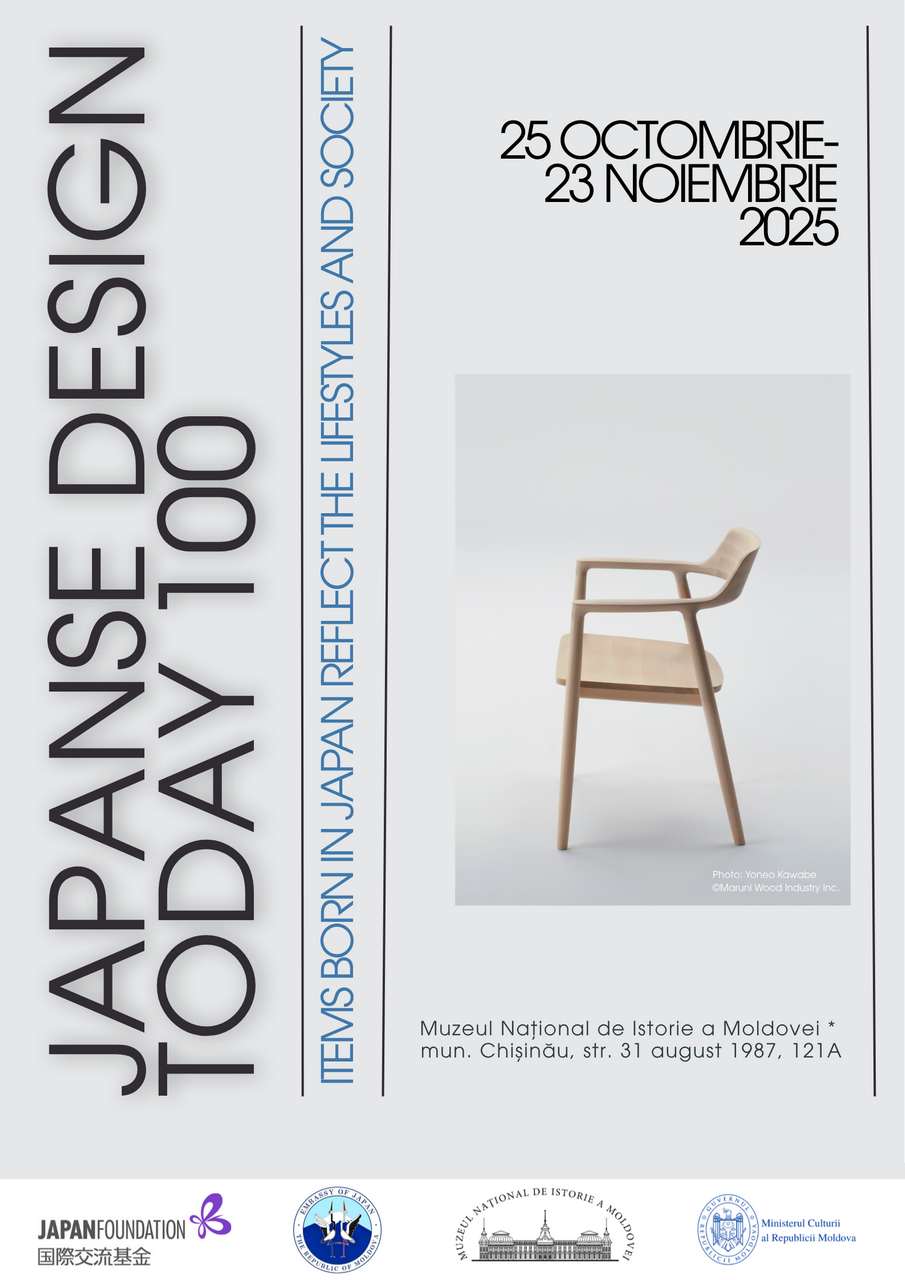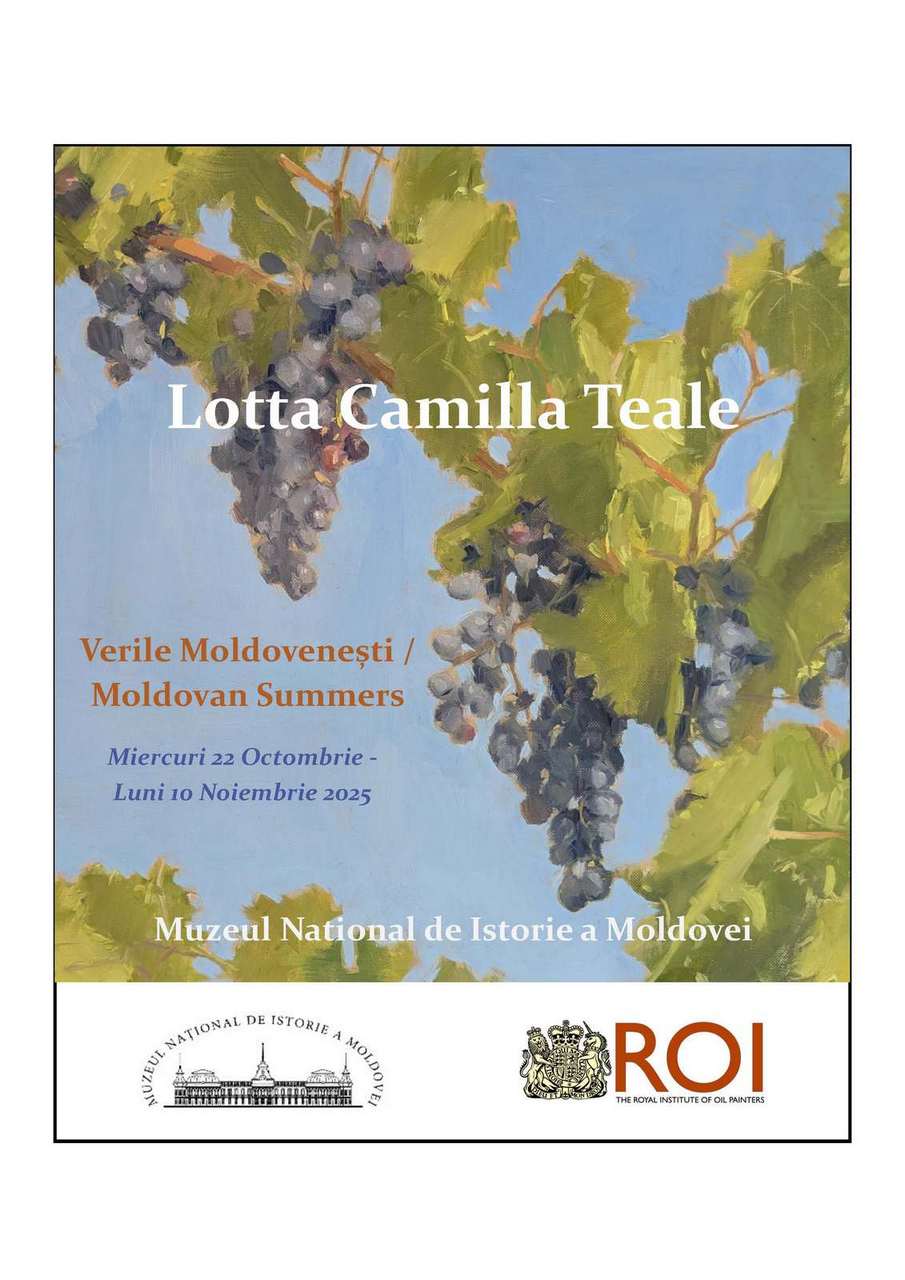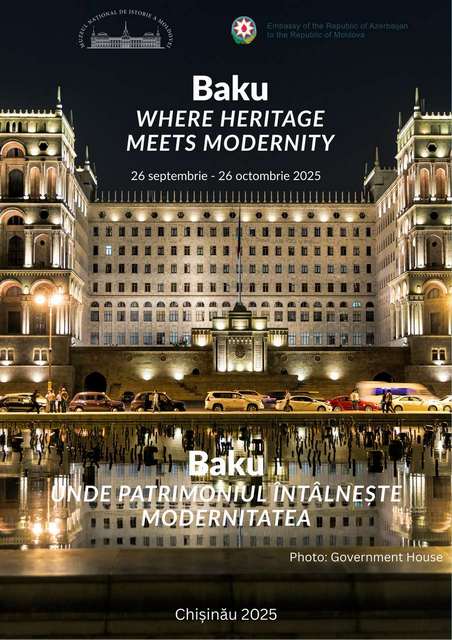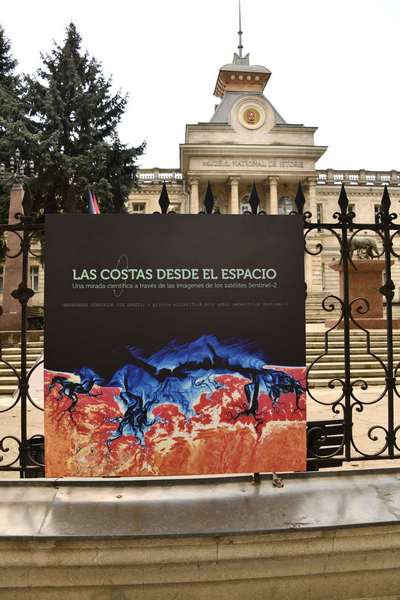>>>
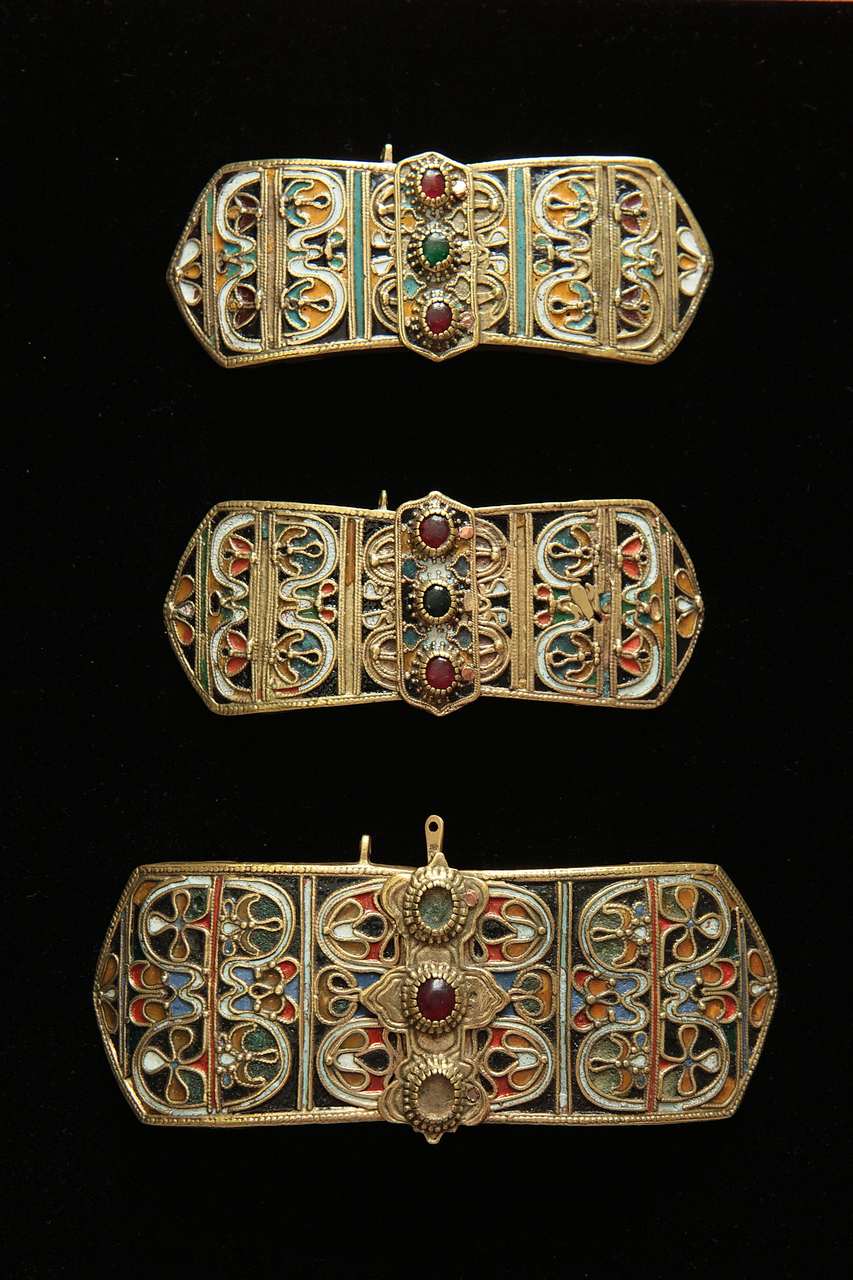
Buckles (paftale) are an almost indispensable element of traditional women's dress in the Southeastern European area, particularly in the Balkans, and have been in use over a long period, from the 14th to the 20th century.
The word pafta is of Turkic origin-possibly entering the language via Iranian influence-derived from the Persian word bafta, meaning "woven," which evolved in Turkish to signify "plate." Today, the term is used in nearly identical forms in Romanian (pafta), Bulgarian (пафта), Serbian (пафте), and some Aromanian dialects (pafta), designating functional and ornamental clothing accessories used to fasten belts, girdles, or sashes, crafted from various materials and decorated using different techniques.
The three buckles decorated in the polychrome enamel technique, preserved in the collection of the National Museum of History of Moldova, belong to the South-Danubian tradition and are dated to the late 19th - early 20th century.
Each buckle consists of two identical trapezoidal parts, their surfaces divided into three roughly equal registers, adorned with stylized vegetal motifs forming a metal lattice into which enamel is poured. The two parts extend into sharp angles at the ends, forming a triangle with the edge of the last decorative register, similarly ornamented. The enamel used to fill the floral motifs is black, turquoise, white, orange, green, yellow, and burgundy. The entire decorative field is framed by a beaded border.
On the reverse, both components retain a copper band riveted along the edge, used to fasten the ends of the belt. The fastening system, made by interlocking the hinges of the two parts and secured with a movable pin attached by a chain to a clasp fixed on one of the buckle pieces, is concealed by a rectangular plate (riveted with three pins to the body of the piece), with narrow edges ending in sharp angles, decorated in the same style and technique. Additionally, it features three circular settings with notched edges bent inward to hold centrally placed red and green glass paste. These settings are framed by a radiant, notched band.
The symbolism of the color palette encodes meanings and symbols, chosen for their believed magical powers. Red has always represented love, affection, and protection against curses and the evil eye; white symbolizes purity and spiritual and physical cleanliness; blue is symbolically associated with infinity, morning, new beginnings, and transformation; green represents destiny, hope, prosperity, balance, and rebirth, being linked to nature's revival each spring and to life itself.











 31 August 1989 St., 121 A, MD 2012, Chisinau, Republic of Moldova
31 August 1989 St., 121 A, MD 2012, Chisinau, Republic of Moldova








